by Ashton Tracy
Vibrations per hour (vph), Hertz (Hz), beats per hour (bph), or train count: no matter what you call it, all watches have it. Well, what is it?
Hertz (Hz) is metric and measured in full cycles per second; vph is traditional and refers to half cycles per hour. To convert Hertz to vph (or vice versa), multiply (or divide by) 7,200: 3,600 (seconds in an hour) x two (half beats).
“Frequency” is most commonly referred to as “vibrations per hour,” though, and refers to how fast the escapement of the watch ticks.
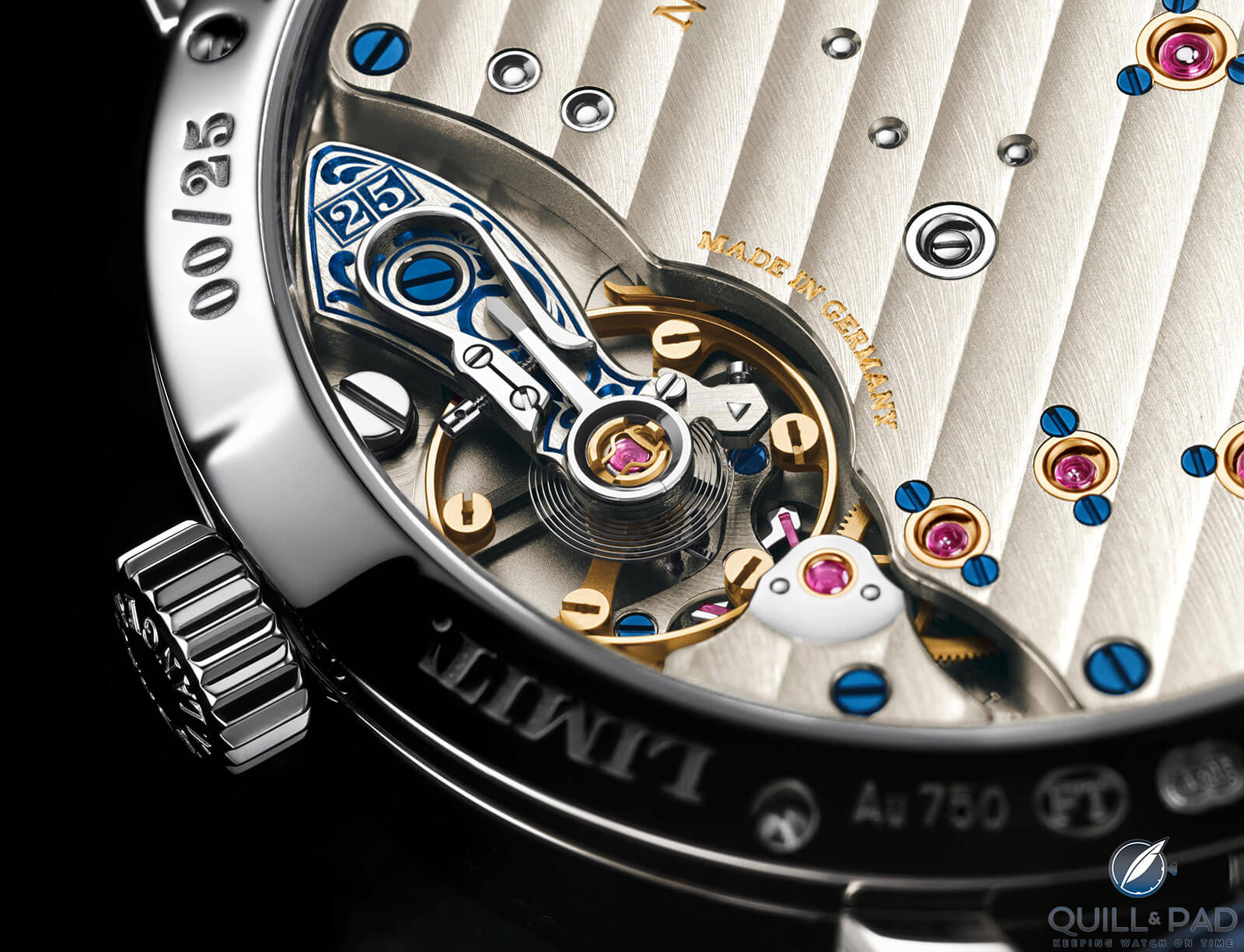
The balance of the A. Lange & Söhne Little Lange 1 Moon Phase 25th Anniversary beats at 21,600 vph
You may be familiar with numbers such as 2.5 Hz/18,000 vph, 3 Hz/21,600 vph, 4 Hz/28,800 vph, and even 5 Hz/36,000 vph describing the frequency of a watch’s hairspring regulator, but few really know what those numbers mean.
And, more importantly, if they matter.
Frequency: breaking down the numbers
To understand the numbers, we first need to look at the traditional wording needed to describe them. For the sake of simplicity, I will skip Hertz and refer only to the beats per hour (bph) or vibrations per hour (vph).
A watch ticks because it has a mainspring housed inside a barrel, a wheel train to transfer the energy from the balance, and an escapement and a balance to control the release of that energy.
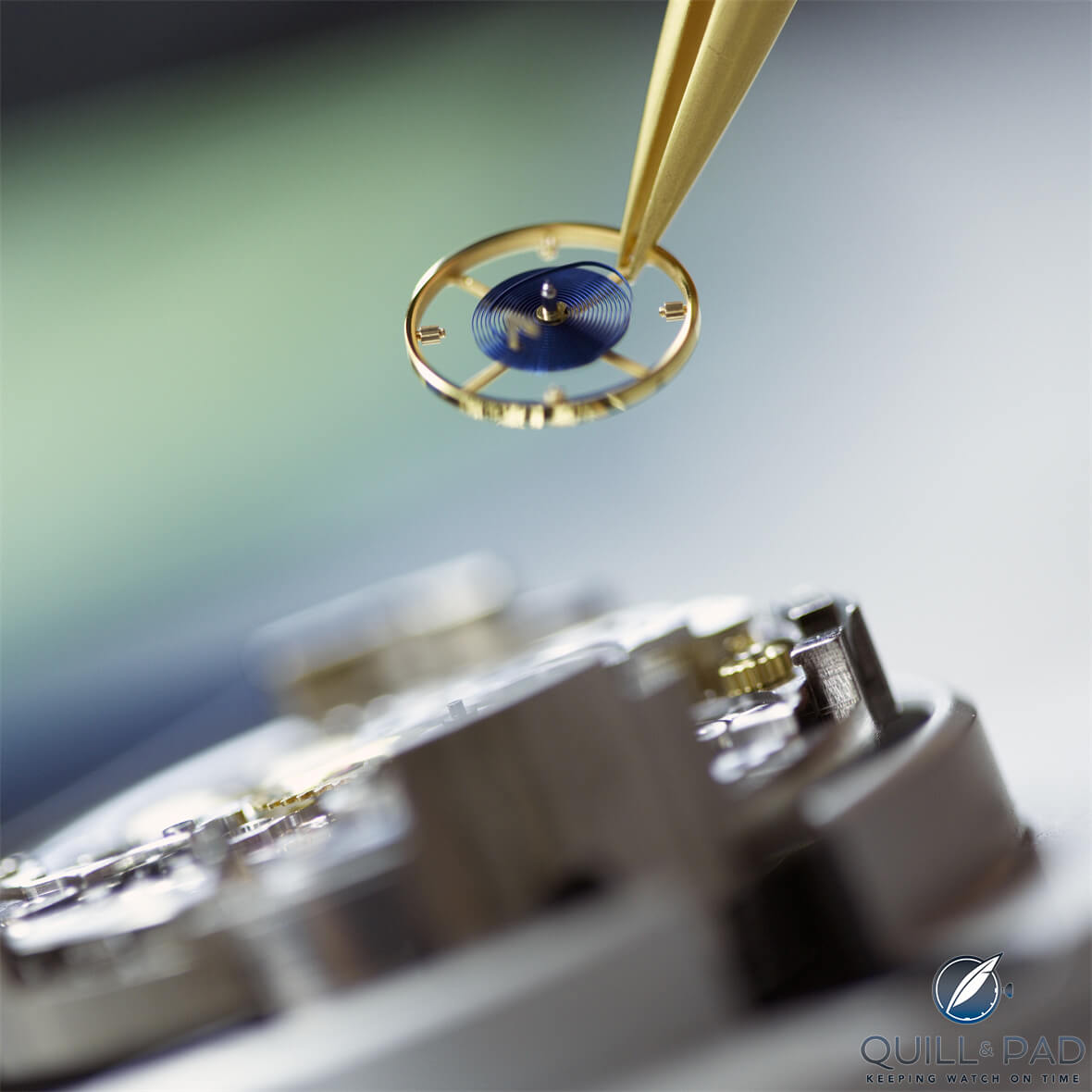
Assembling a Rolex balance wheel and Parachrom hairspring
A watch movement’s balance oscillates and vibrates at a predetermined number of times per minute (or per hour). An oscillation is one full movement of the balance from its starting point and back to that point again. A vibration is half of that, so one oscillation equals two vibrations (beats).
Beat is a synonym for a vibration or a semi-oscillation; 18,000 vibrations per hour equals 18,000 vph, for example.
We can illustrate it with the use of a seesaw with child 1 and child 2, looking only at the movements of child 1 for this example. Child 1 begins on the ground (and child 2 is in the air). As child 1 pushes him- or herself up into the air, child 2 is lowered to the ground.
Child 1 has just completed one vibration (beat). As child 2 pushes him- or herself back up into the air, child 1 again lowers back to the ground, the original starting point. Child 1 has just completed two vibrations or one oscillation.
Keep that imagery with watches using 18,000 vph as an example. The balance of a watch beating at 18,000 vibrations/beats (half oscillations) per hour actually makes 9,000 full oscillations per hour.
A watch with a 28,800 vph balance is completing 4 Hz/28,000 vibrations/beats, or 14,400 oscillations, per hour. The larger the number, the faster the balance vibrates/oscillates.
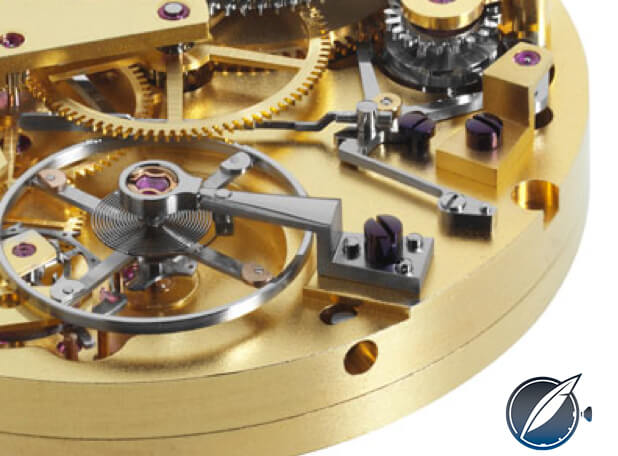
Daniels Anniversary movement
At this point, however, it all seems very theoretical and you are probably wondering why this should interest you. Well, we need to examine why watches are manufactured with differing vph and, with so many different options on offer, is one better than the other?
Upping the frequency ante: 36,000 vph
For a long time, most watches ran at 18,000 vph. In the last several decades, however, we have seen frequency increase to faster numbers like 21,600 or 28,800. Most watches today run at these speeds or perhaps even greater.
There were several manufacturers in the 1960s and 1970s producing high-beat movements that ran at a speed of 36,000 vph. Most notably Seiko, with its famous Hi-Beat range of movements.
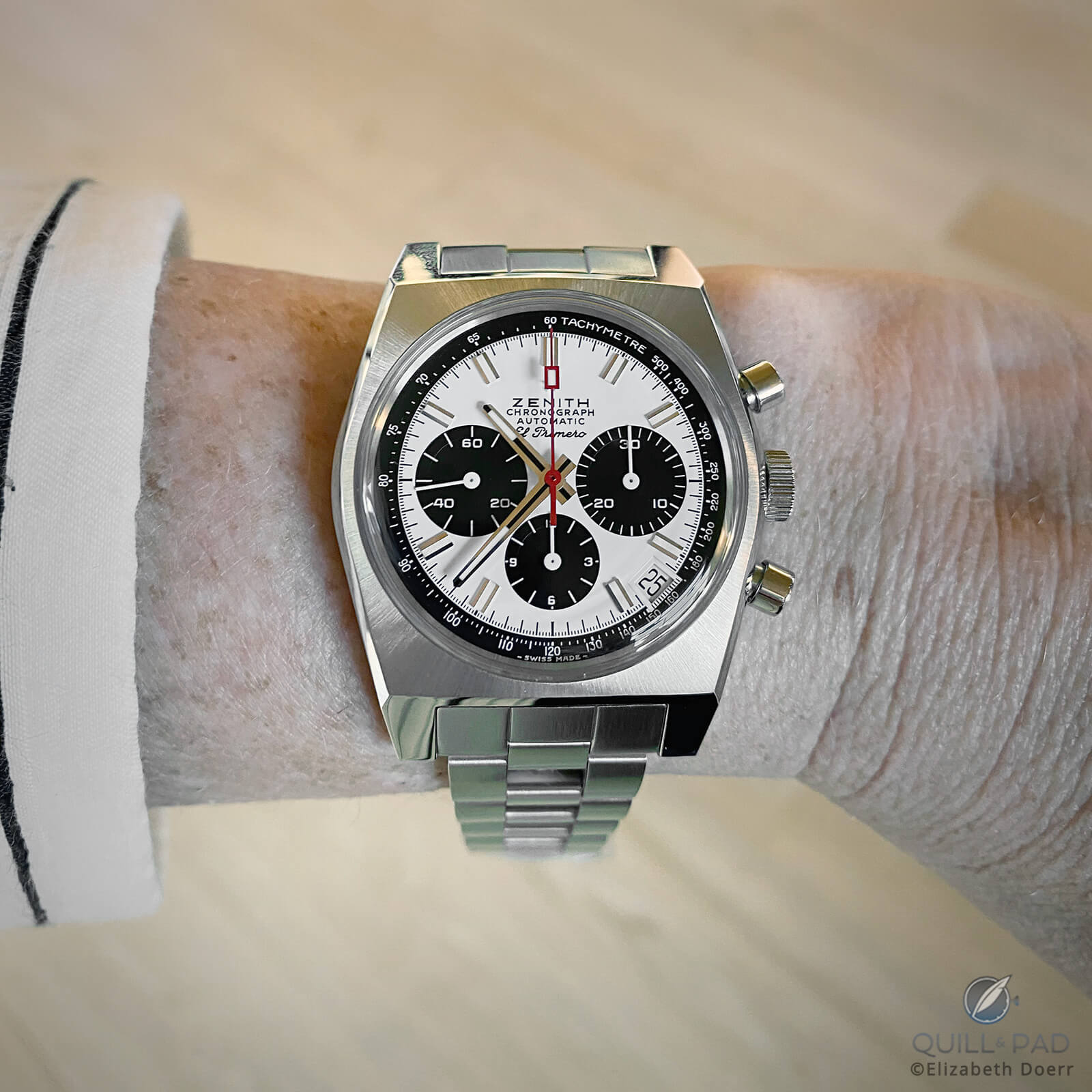
Zenith El Primero A384 Revival on the wrist
The most famous of all, though, is the Zenith El Primero. Both of these came out in 1969.
Why experiment with these numbers at all? Why the need for change?
Put simply, watches that beat at a higher rate are more accurate. But is that really true? Most articles floating around the internet seem to indicate that is the case.
Let’s first examine why this is the common theory.
The faster a balance oscillates, the quicker the recovery time if it is affected by a disturbance. The balance of a watch set to 36,000 vph beats twice as fast as a watch set to 18,000 vph.
That means that when the watch receives a blow and the balance is disrupted, the faster-beat watch can recover more quickly, whereas the 18,000 vph movement will take longer. This logically means that the high-beat movement will have more stable timekeeping.
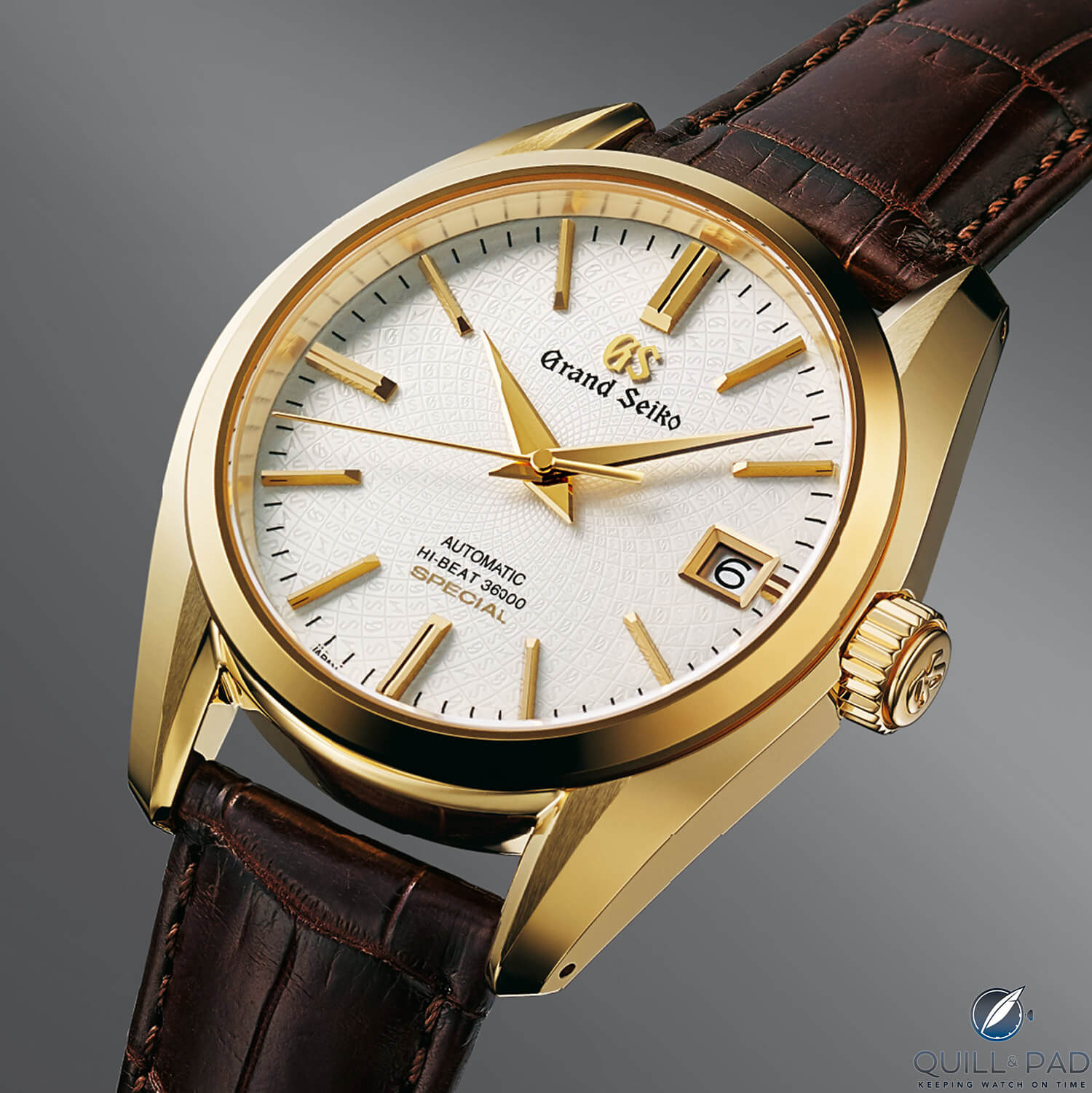
A modern Grand Seiko Hi-Beat 36000 Special in yellow gold
A high-beat watch is superior and always a better timekeeper. All settled? Not so fast.
A watch with a higher beat movement is not an inherently better timekeeper, its frequency just means it is faster at recovering when affected by an external force.
The frequency tradeoff
In the practical day-to-day terms of a watch being knocked around, a higher train count means a watch that has more stability and produces more accurate timekeeping as a result. But in theoretical terms, one is not a better timekeeper than the other and one is certainly not better overall than the other. They are simply different.
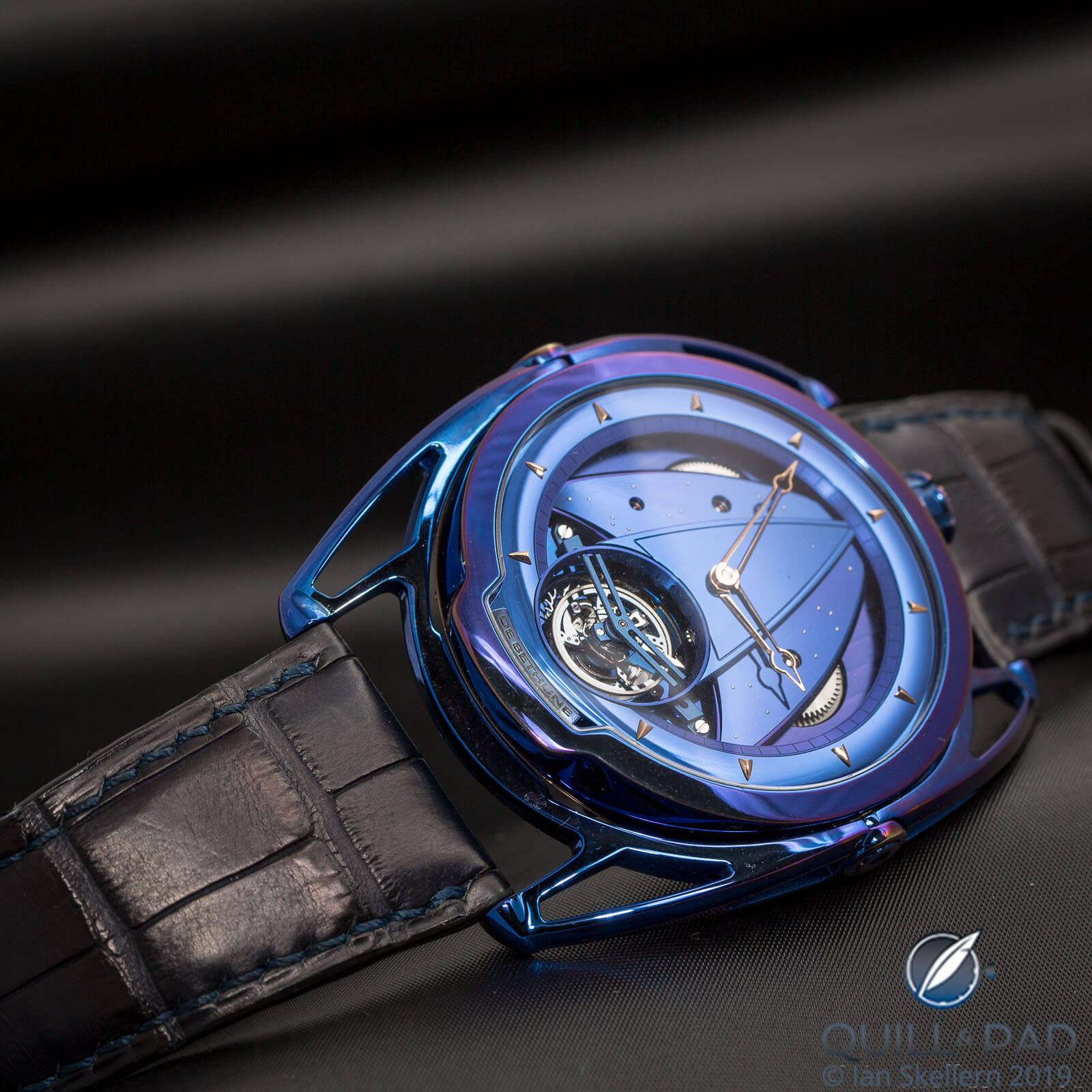
De Bethune’s DB28 Kind Of Blue Tourbillon beats at 36,000 vph
Like most things in life there is a tradeoff, though. A watch that beats at 36,000 vph must have a stronger balance spring and in turn a stronger mainspring, and this puts extra pressure on all the train wheel pivots, which means wear and tear is increased.
So for a watch with higher train count, regularly scheduled servicing is absolutely paramount to minimize wear and tear. Which means that movement parts can be subjected to more frequent and perhaps costly replacement.
A watch beating at 18,000 vph can theoretically go longer between servicing, is subject to less wear and tear, and can keep just as accurate time as the high-beat variant. But that doesn’t mean it’s a superior watch.
Again, it just means they are different.
Conclusion
So, to answer the question posed earlier, is a high-beat movement a better timekeeper than a slower beat variant? Sort of, maybe, it depends. (I’m oscillating myself here.)
What it all boils down to is this: what is the intended use of the watch? Are you a bookworm who likes to sit by the fire and enjoy a single malt? Then an 18,000 vph gear train might be right for you and will keep very good time if the watch is well maintained and well made.
Are you an adrenaline junkie often rappelling the sides of a building? Then you should opt for a high-beat movement as the impacts and shocks received will be lessened by the faster balance.
Like to do a little bit of both? Make sure you have multiple timepieces for different occasions.
Like most things horological, broad sweeping statements rarely tell the whole story.
You may also enjoy:
Exceptional Movements In History: Zenith El Primero
Measuring The Time Between The Seconds: The Truth Behind High-Frequency Movements
Leave a Reply
Want to join the discussion?Feel free to contribute!
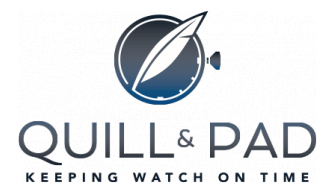







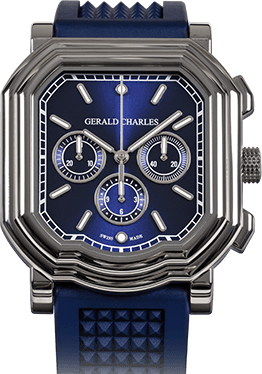
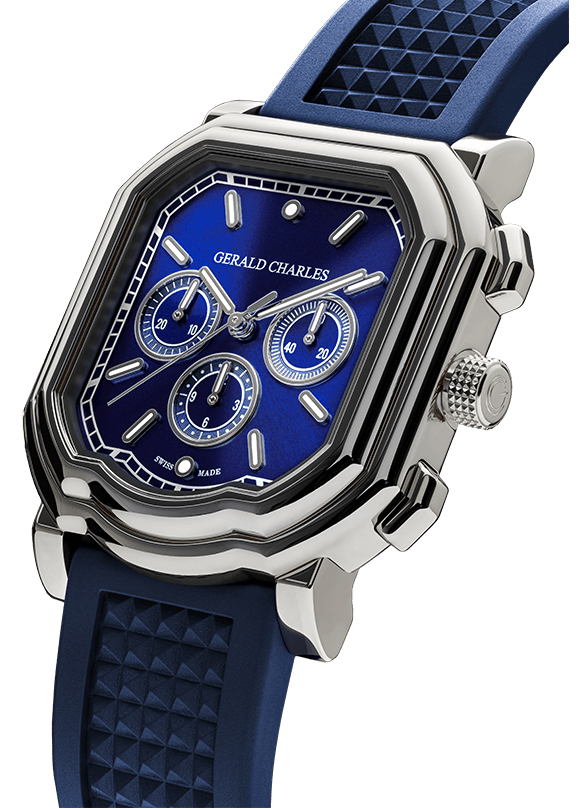

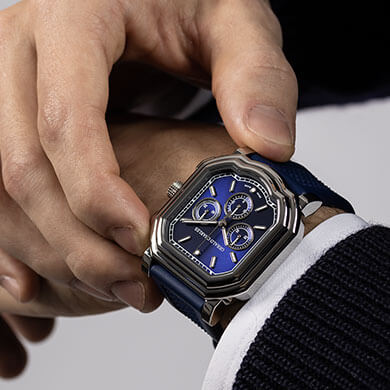
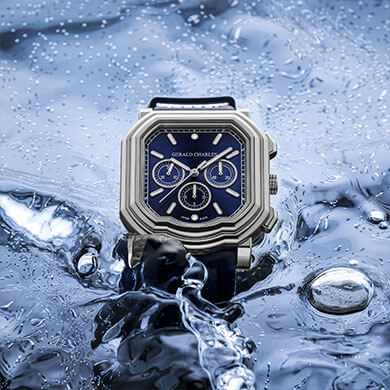

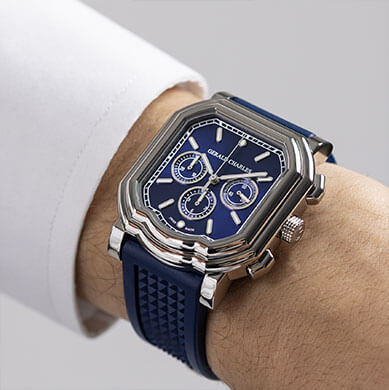



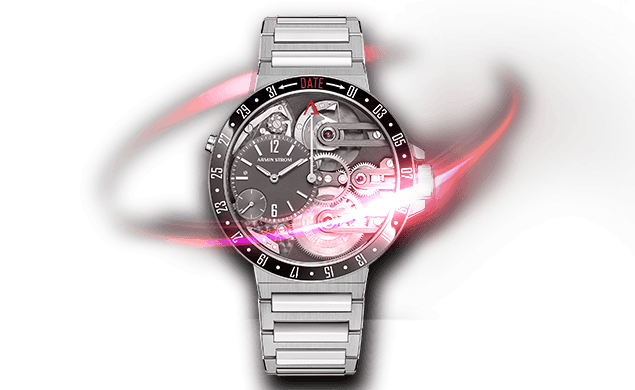
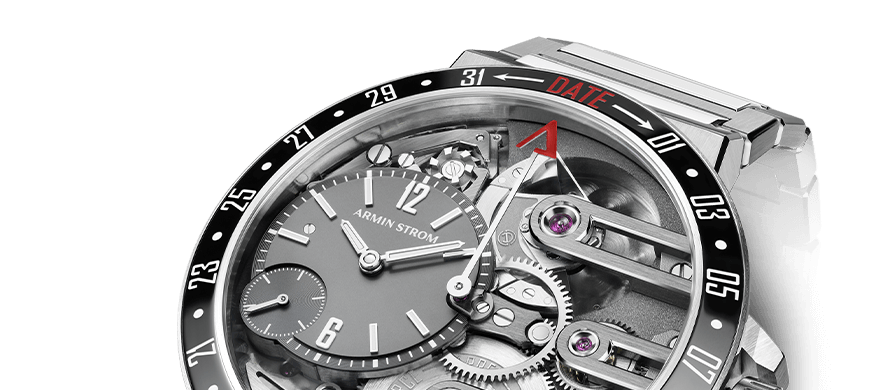
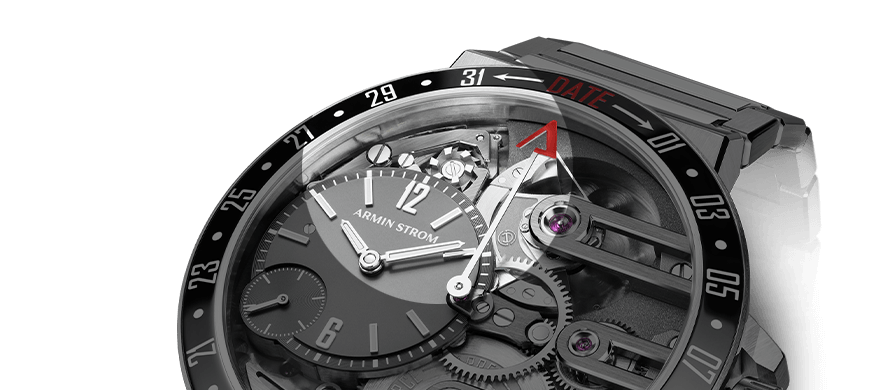


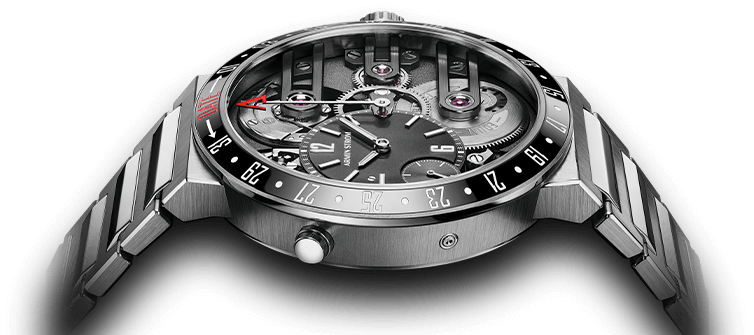
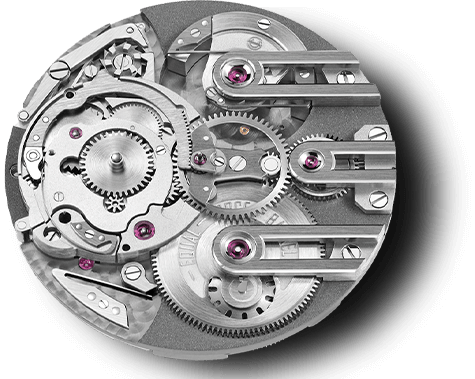

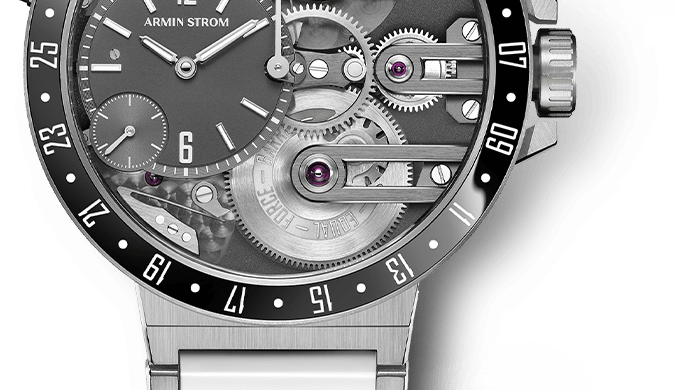
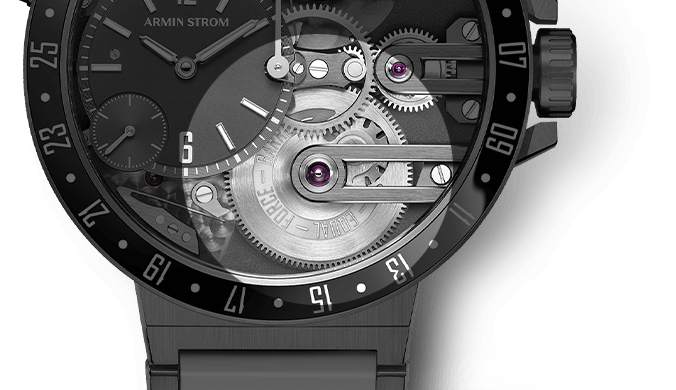


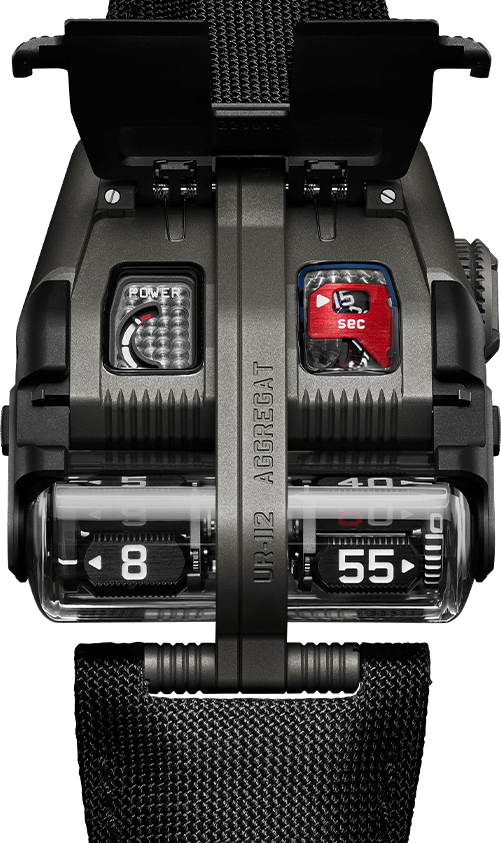

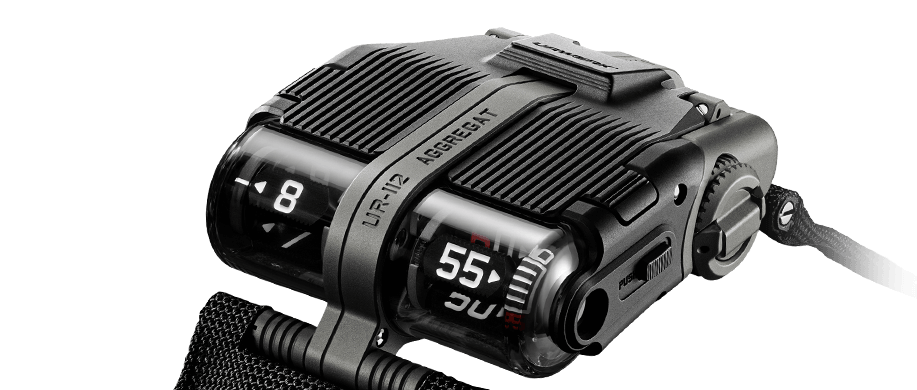
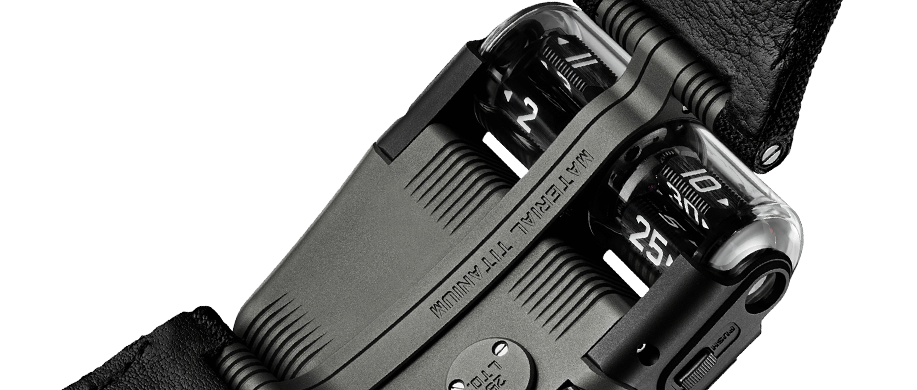
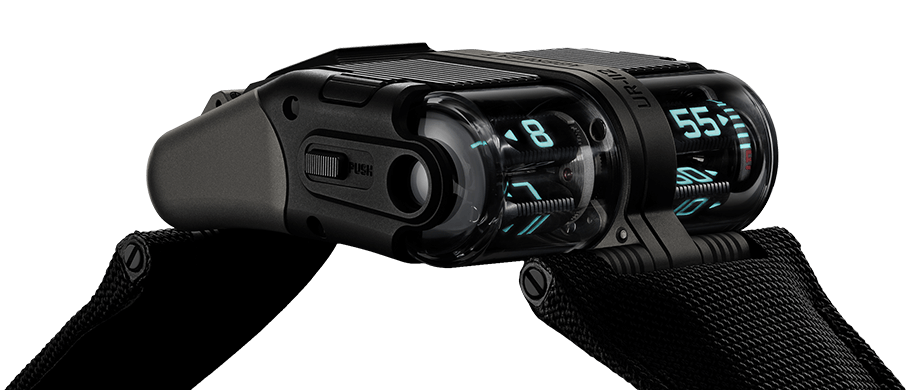


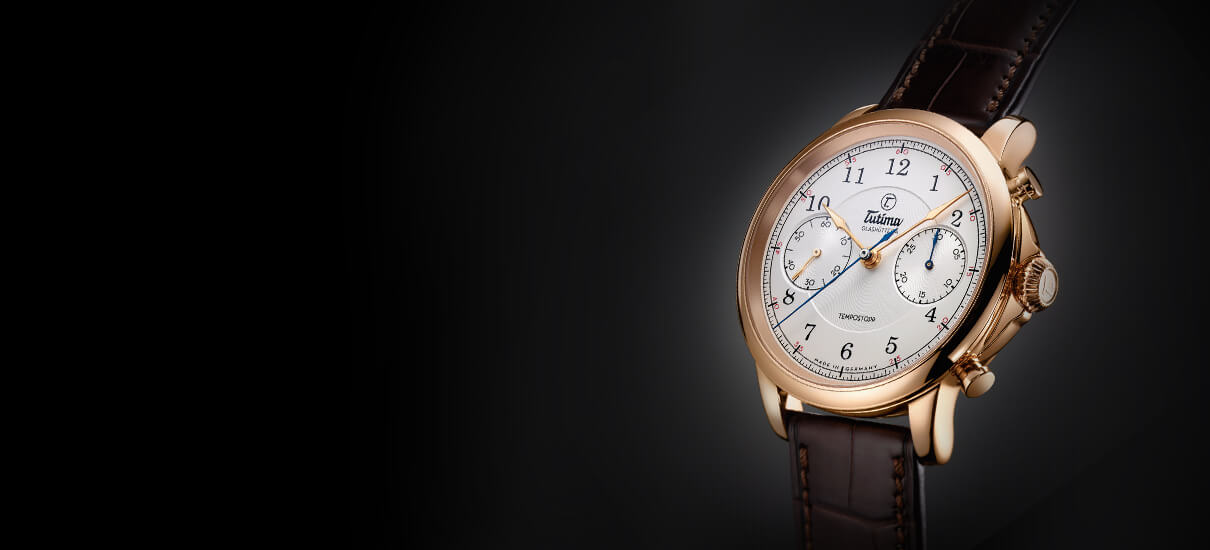

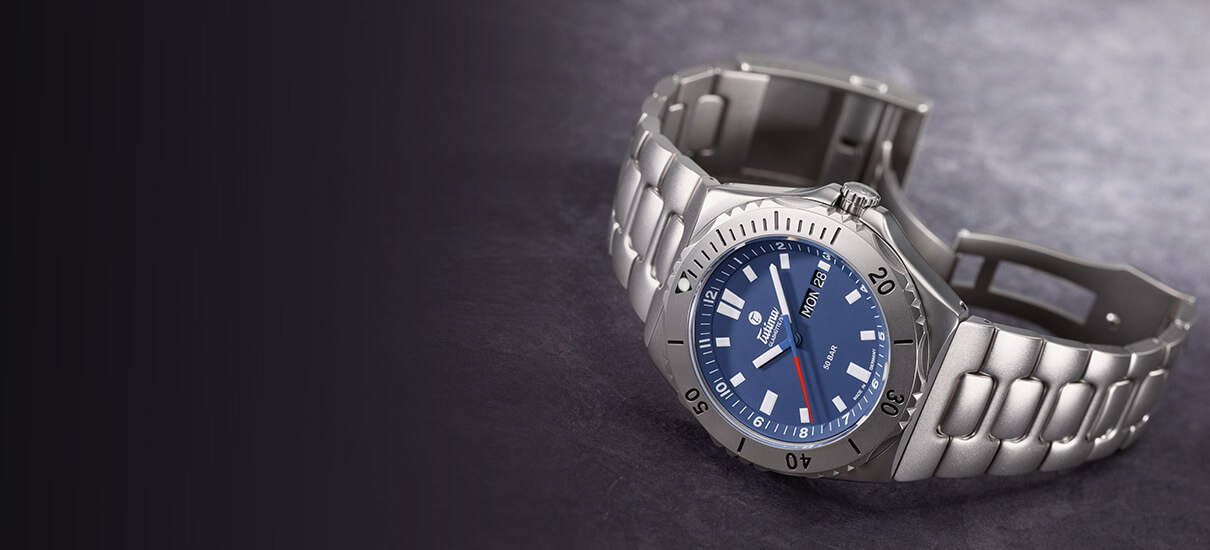

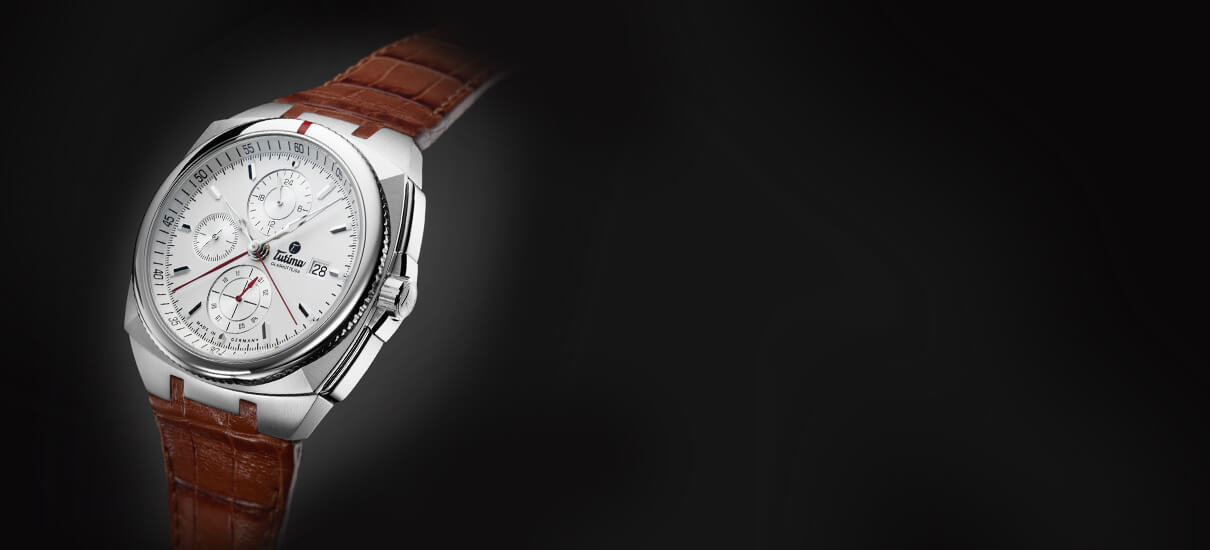

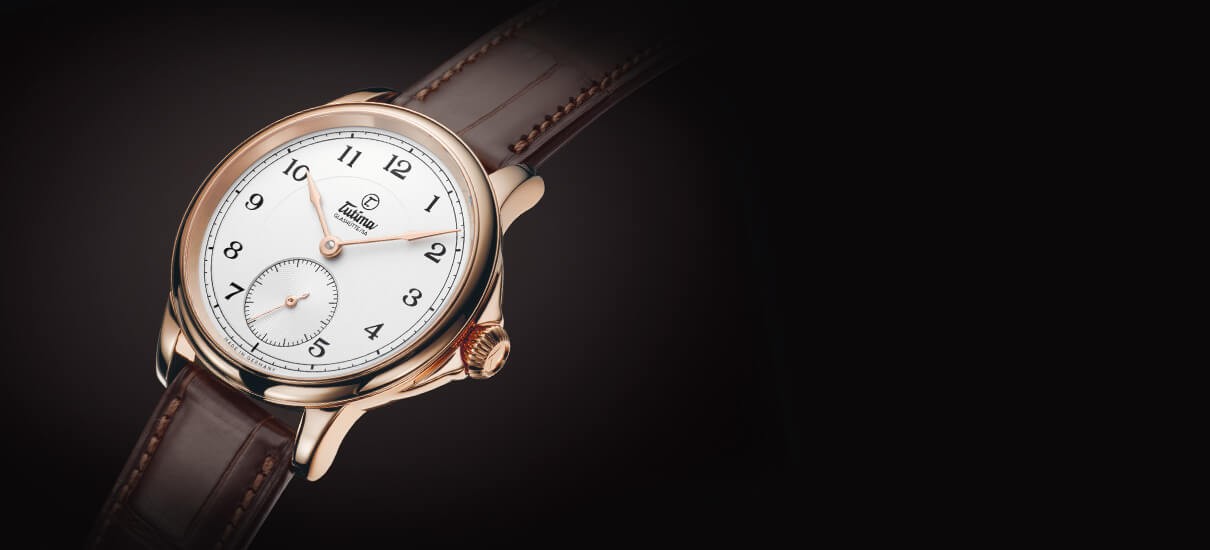

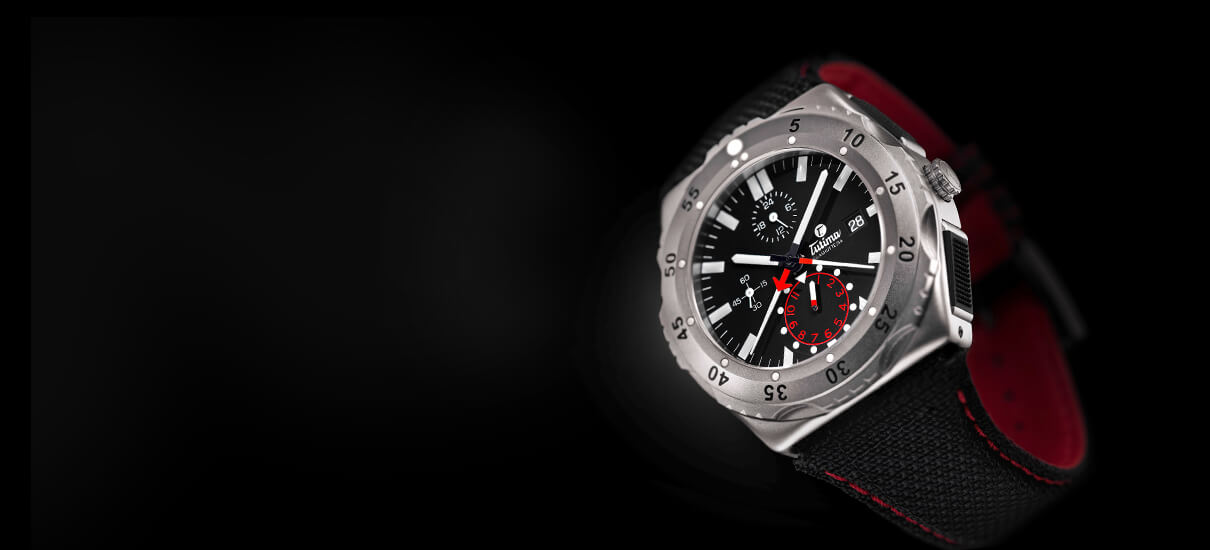

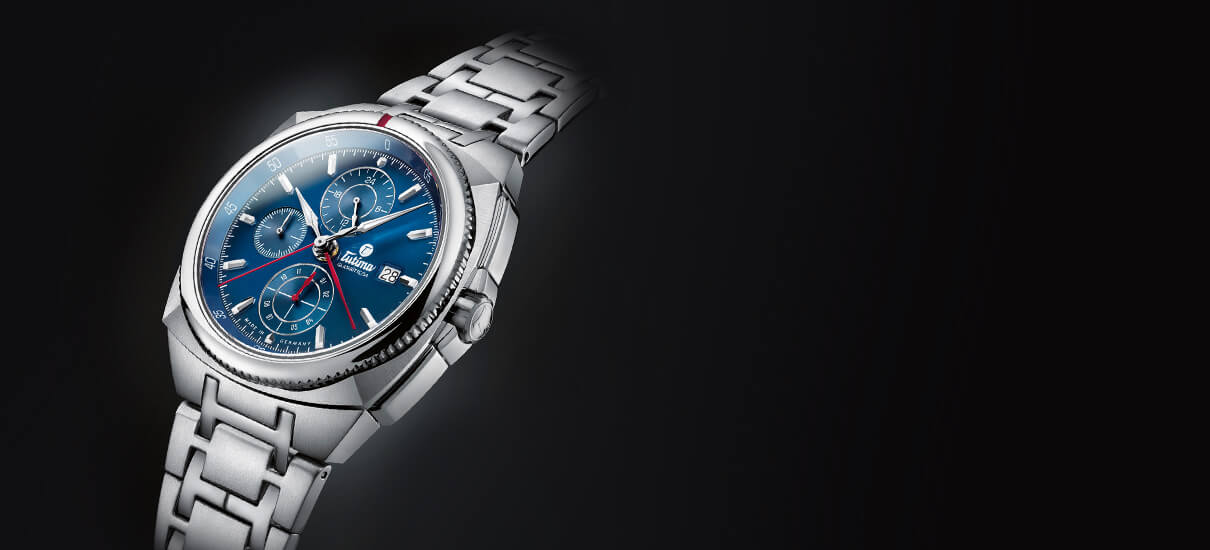

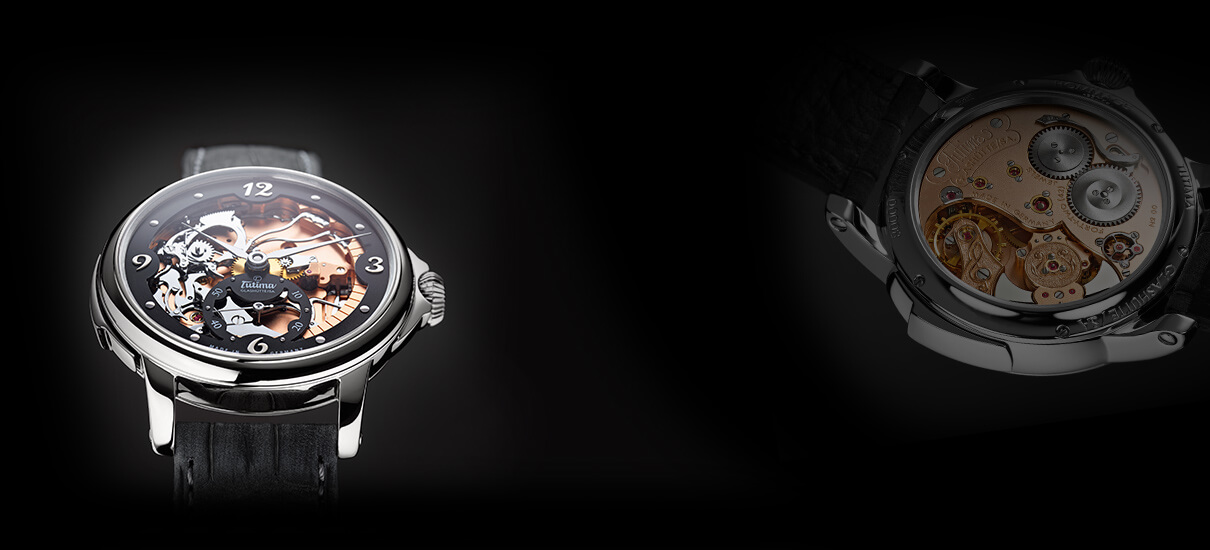



This last point is often ignored. What is your activity level and how should it affect your purchases? At the start of my mechanical watch buying, I broke a couple of watches in my everyday life. I have to change some of the things I do when wearing a mechanical watch [such as not air-drumming to rock music 🙂 ]
This is one of the reasons I appreciate quartz watches. I used to mountain bike in The Scottish Highlands. Had a few high velocity crashes with accompanying stitches, sprains etc. Such an environment is not suitable for a mechanical watch.
Going for dinner in a nice restaurant? Ditch the G-Shock and put on a nice, hand-wound dress model.
Work in a hospital? A bracelet watch is a good choice. Etc…..
Well said
Great read. Very informative. Shared at the forum and FB
Totaly overdone with an Incablock as well.And a price of CHF 80.000 and an output of only 30 Wachtes over 3 jears.Overdone.
Tam O’ Banter has the right mindset. I really don’t understand why they make automatic “field” and “active” pieces when in reality they wouldn’t hold up. I, also, mountain bike and wore a $800 Hamilton Khaki Field automatic. After about 5 miles on the track, I noticed the second hand was moving backwards. This is a watch Hamilton claims is “robust and resilient which competes with the best sport watches out there”. Nowadays, I wear a $99 Casio G-Shock for outdoor activities.
Just noticed your reply Rocketman. That’s funny. 😄
I think most WIS overestimate the robustness of their mechanical timepieces. But then, most people don’t wear mechanical watches while engaging in serious or dngerous exercise. An activity like mountain-biking can be quite unusually jarring, especially if you are on more natural paths and surfaces. And that is before we talk about crashes and falls!
Safe travels…